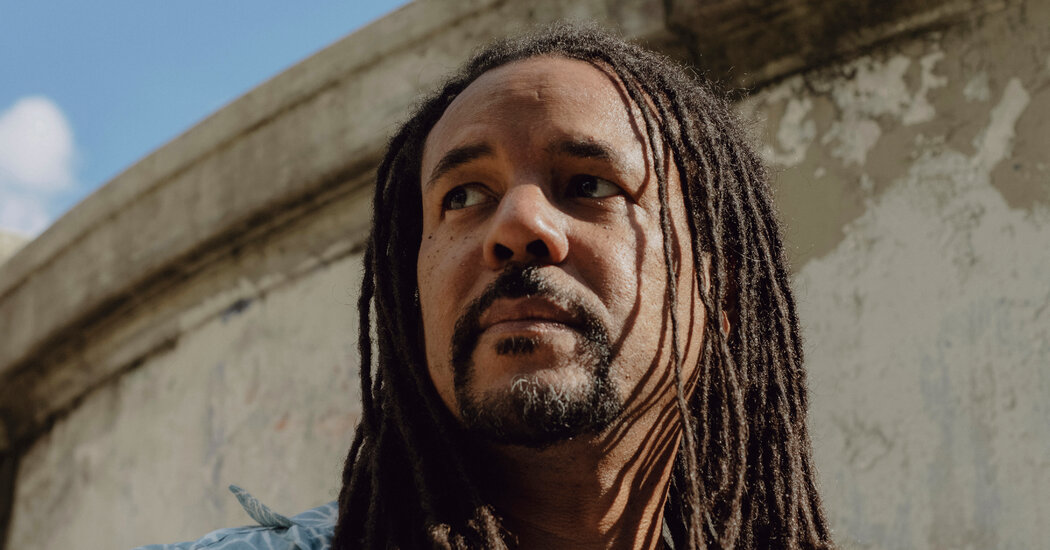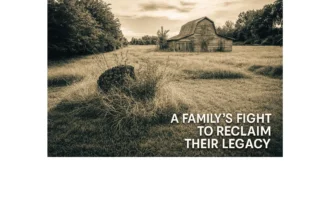
“After the darkness of the last two books, the levity, Carney’s humble charm, is fulfilling a psychological need for me,” he said. “I could explore the world in a different way, that’s not tied to these terrible systems of capitalism and institutional racism.”
Still, in writing about Harlem in the 1960s, Whitehead found himself returning to themes that have long preoccupied him: racial injustice, class disparities, entrenched power structures that allow the ruling class to exploit the vulnerable. The final caper in the novel occurs shortly after the Harlem riots of 1964, which broke out after a 15-year-old Black student named James Powell was fatally shot by a white police officer. Whitehead had just finished writing it when protests erupted across the United States in response to the killing of George Floyd.
“It was very strange,” he said. “I picked the week after the Harlem riot because I didn’t want to exploit the incident. And then, there we were again.”
Whitehead first had the idea for a Harlem crime novel seven years ago, but he set it aside to write “The Nickel Boys.” A devotee of heist movies like “Dog Day Afternoon,” “Asphalt Jungle,” “Charley Varrick,” “The Taking of Pelham 123” and “The Outfit,” he wanted to write a crime novel from the perspective of fences, henchmen and other low-ranking crooks and hustlers.
“Maybe I’m being presumptuous, but I think everyone has their criminal side that can come out and be expressed, or is expressed in tiny ways. Maybe you, you know, steal a pack of gum,” he said. “It doesn’t involve dumping bodies and stuff like that, usually.”
Whitehead steeped himself in novels by Chester Himes, Patricia Highsmith and Richard Stark, one of Donald Westlake’s pen names. He read a memoir by Mayme Hatcher Johnson, the wife of the Harlem crime boss Bumpy Johnson, which proved to be a trove of tips on criminal enterprises. He pored over newspaper ads from the period to learn the price of a hat or a cup of coffee, and studied different models of safes (“Aitkens took three or four good whacks before there was enough purchase for a crowbar” while Drummond “required six to eight whacks,” he writes).
He was deep into writing when he realized he had an untapped resource — his parents, who lived in Harlem in the 1960s, and raised him and his siblings around Midtown and Upper Manhattan. He learned that his father used to work summers at Blumstein’s, an upscale department store where Carney gets his first job selling furniture, and that his father frequented the Chock Full o’Nuts next to the Hotel Theresa, where Carney goes for coffee and plies the waitress for gossip and information.




